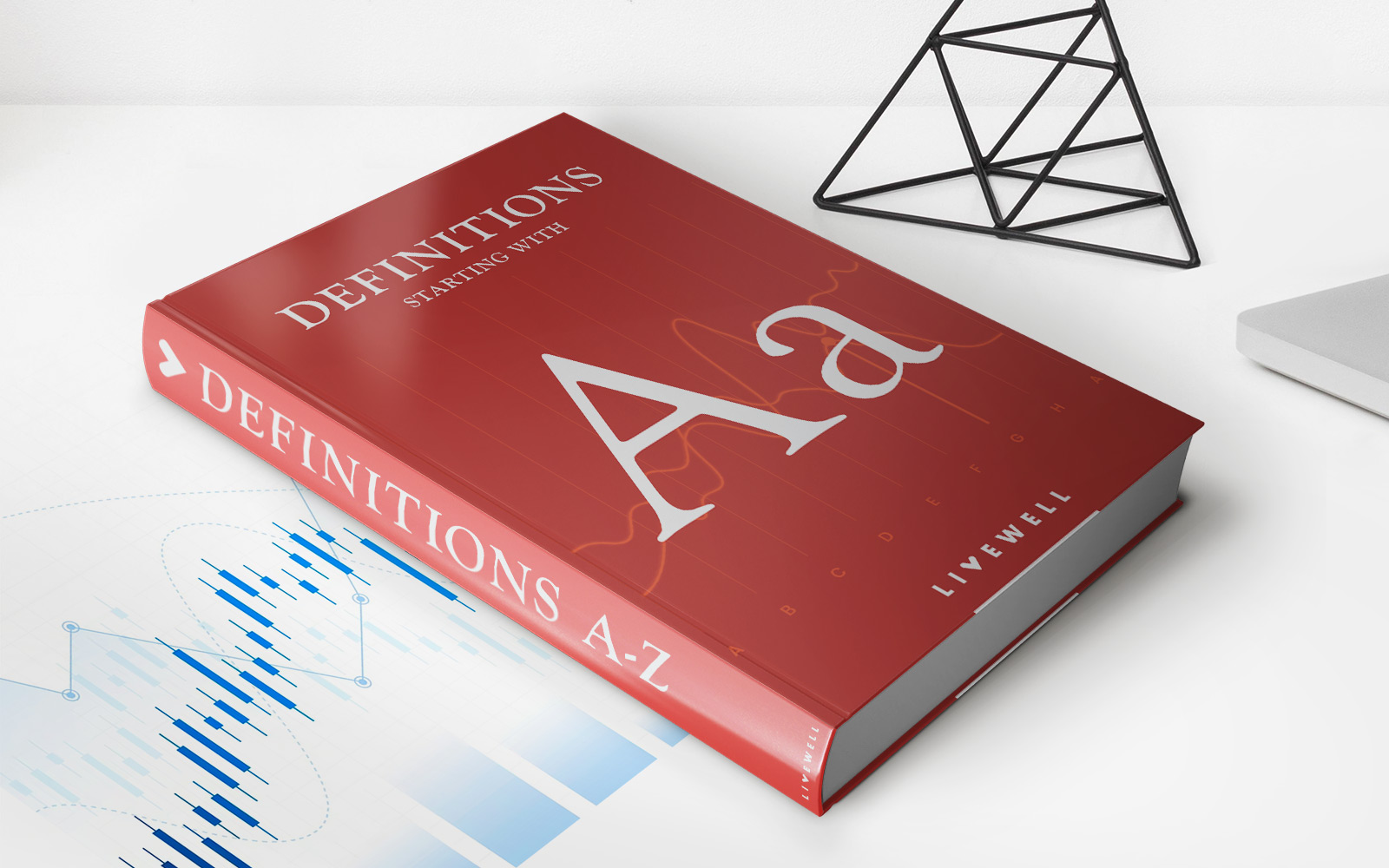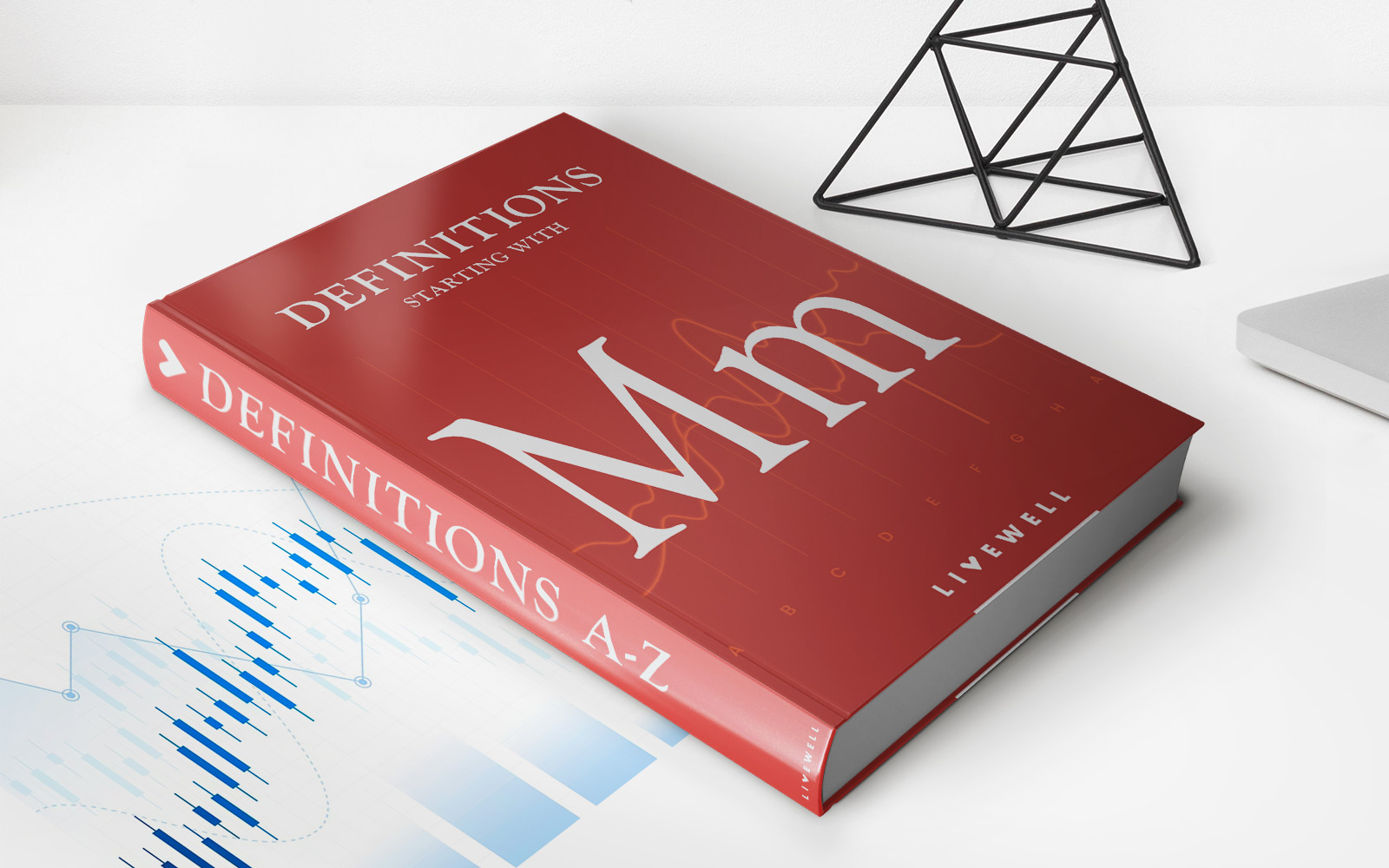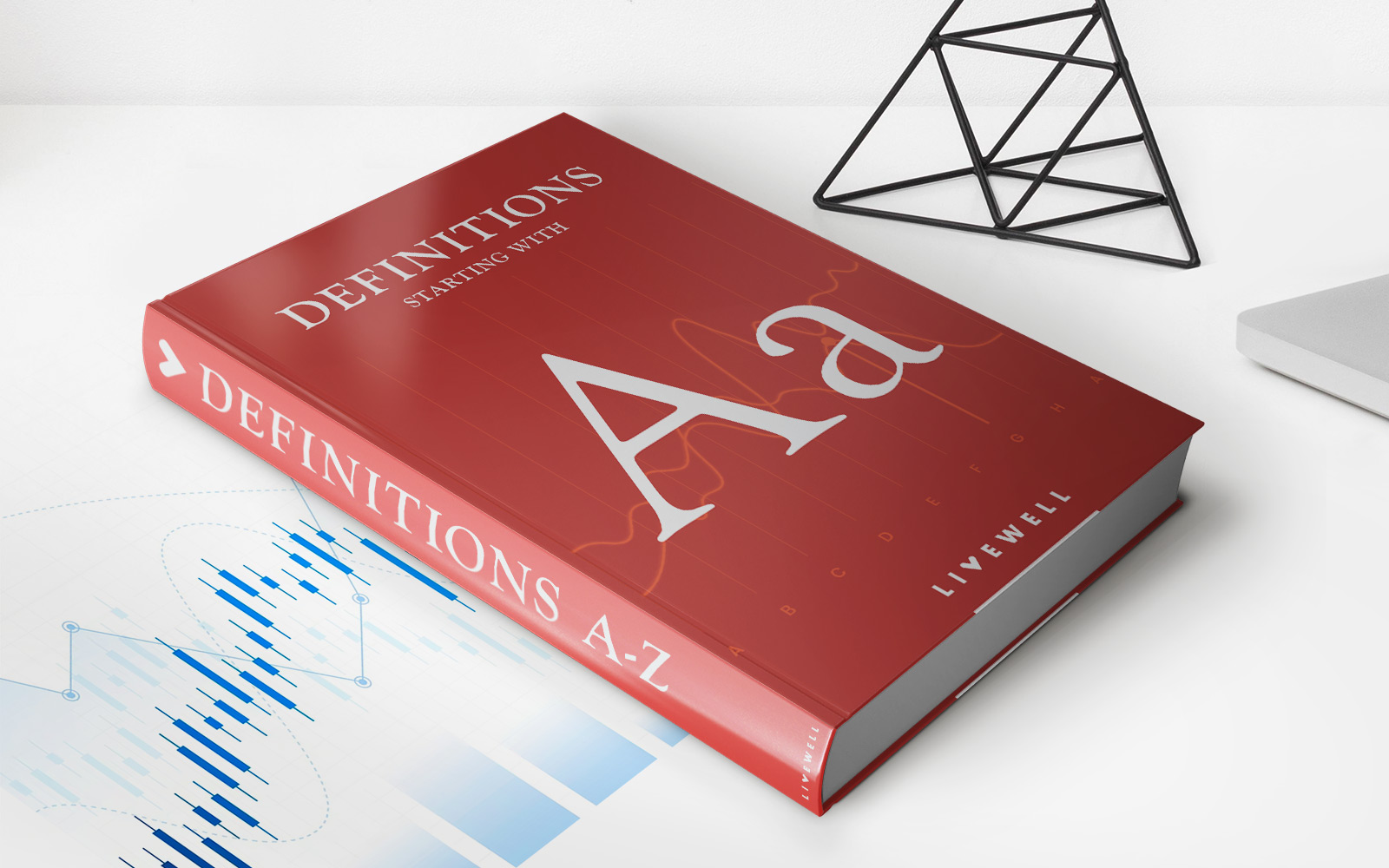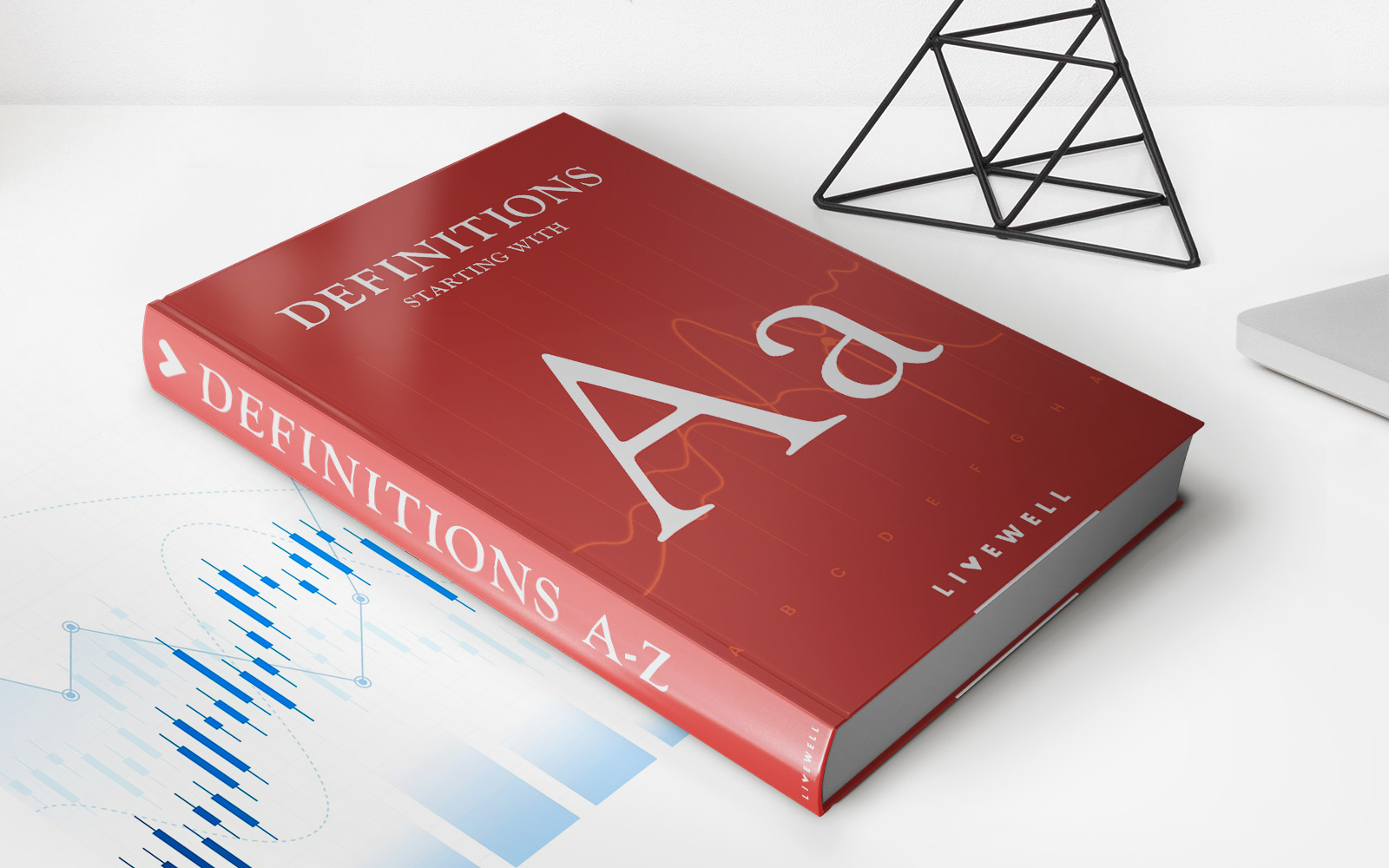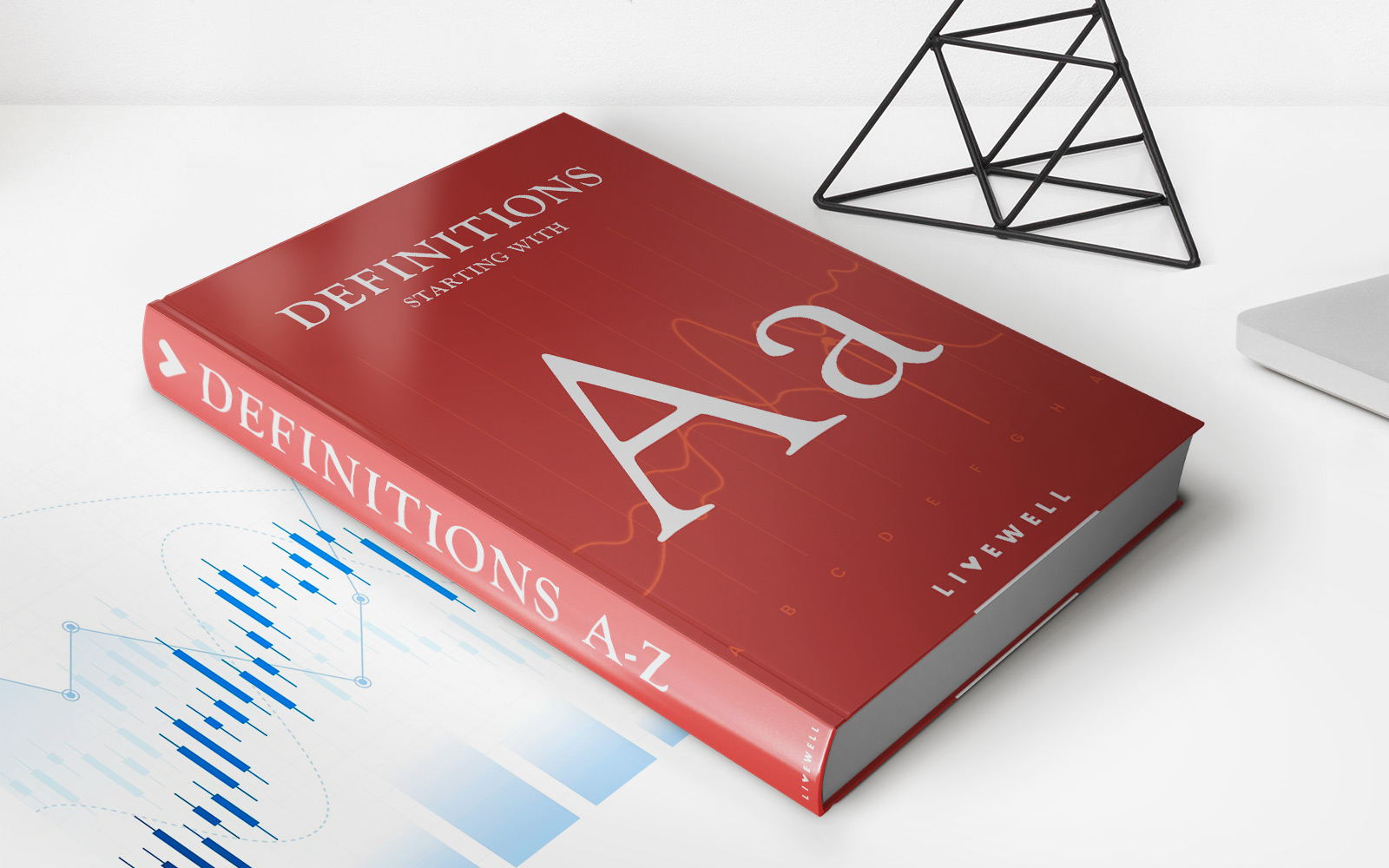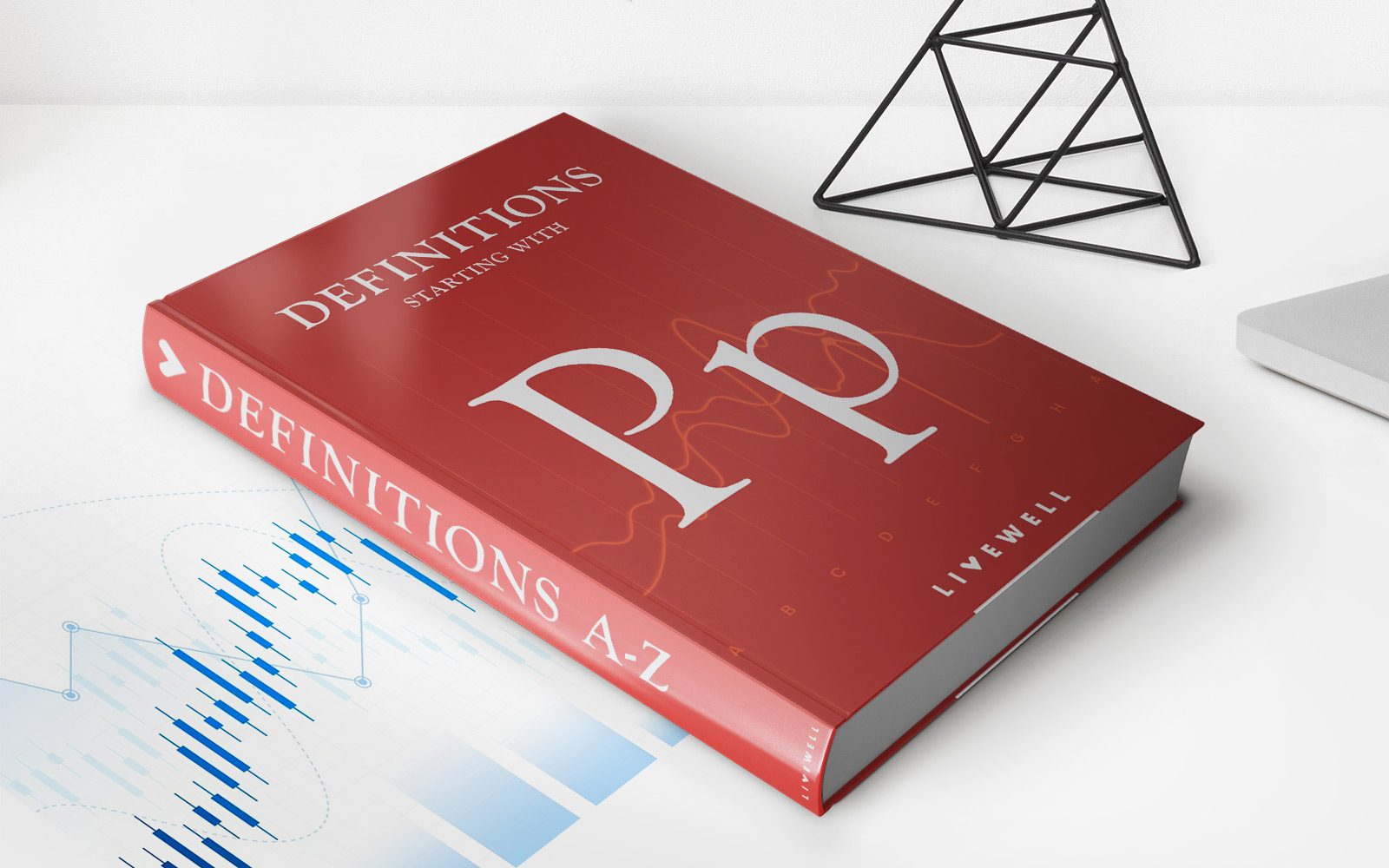Home>Finance>Modified Accrual Accounting: Definition And How It Works
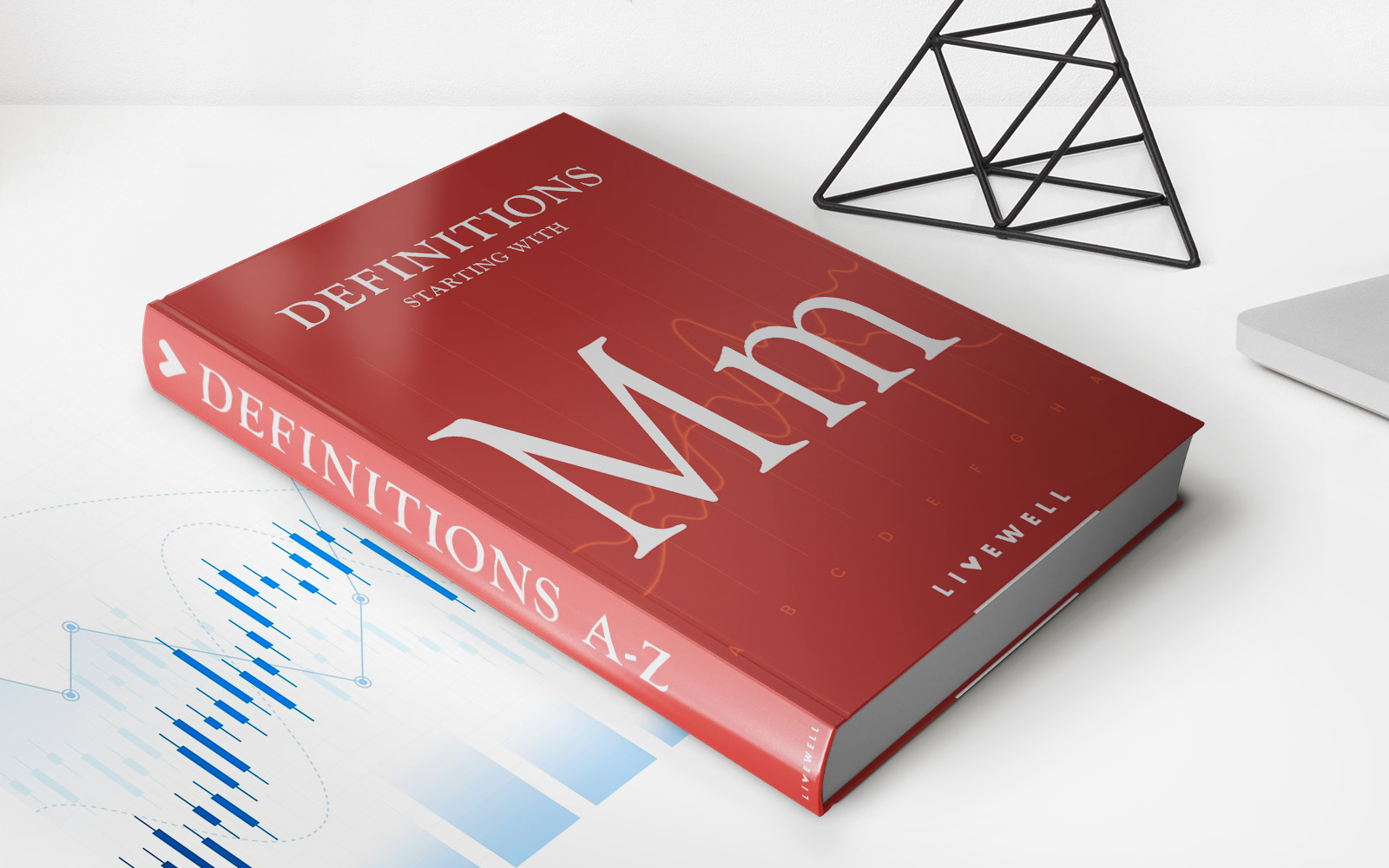

Finance
Modified Accrual Accounting: Definition And How It Works
Modified: December 29, 2023
Learn about modified accrual accounting, its definition, and how it works in the world of finance. Gain insights into the principles and strategies behind this financial approach.
(Many of the links in this article redirect to a specific reviewed product. Your purchase of these products through affiliate links helps to generate commission for LiveWell, at no extra cost. Learn more)
Understanding Modified Accrual Accounting: A Guide
Welcome to our finance blog, where we dive deep into various aspects of the financial world. In this post, we will be exploring the fascinating world of modified accrual accounting. If you’ve ever wondered how businesses keep track of their finances and accurately report them, you’re in the right place. Throughout this article, we’ll provide you with a comprehensive definition of modified accrual accounting, explain how it works, and highlight its importance in the financial realm. So, let’s get started!
Key Takeaways:
- Modified accrual accounting is a hybrid accounting method that combines elements of both cash basis and accrual basis accounting.
- It is widely used by governmental and non-profit organizations to accurately report their financial activities.
What is Modified Accrual Accounting?
Modified accrual accounting is an accounting method that combines certain elements of cash basis accounting and accrual basis accounting. It is primarily used by governmental and non-profit organizations to accurately track and report their financial activities. Unlike traditional accrual accounting, which recognizes revenue when it is earned and expenses when they are incurred, modified accrual accounting has slightly different rules.
In modified accrual accounting, revenue is recognized when it is measurable and available. This means that revenue is recognized when it becomes both collectible and expected to be received within the current accounting period or soon enough to be used to pay current liabilities. On the other hand, expenses are recognized when the related liability is incurred, but only if the payment is either due or soon to be due.
This hybrid accounting approach allows governmental and non-profit organizations to have a clearer picture of their financial health and helps them make more informed decisions based on available resources. Modified accrual accounting strikes a balance between adhering to strict accounting principles, providing accurate financial information, and recognizing the unique financial circumstances of these types of organizations.
How Does Modified Accrual Accounting Work?
Now that we’ve defined modified accrual accounting, let’s delve into how it works in practice:
- Recognizing Revenues: Revenue is recognized when it is both measurable and available. This means that it should be collectible within the current accounting period or soon enough to be used to pay current liabilities. For example, if a government entity provides services to another organization and the payment is due within the next month, the revenue will be recognized in the current accounting period.
- Recording Expenses: Expenses are recorded when the related liability is incurred, and the payment is either due or soon to be due. This ensures that expenses are recognized when they are directly tied to the current accounting period. For example, if a non-profit organization incurs expenses for a project, and the payment is due within the next month, the expenses will be recorded in the current accounting period.
- Monitoring Restricted Funds: Governmental and non-profit organizations often receive funds that have restrictions on how they can be used. Modified accrual accounting helps track these restricted funds separately, allowing the organizations to ensure compliance with donor or governing entity requirements.
By adhering to these principles, modified accrual accounting helps these organizations accurately report their financial activities and fulfill their fiduciary responsibilities.
Why is Modified Accrual Accounting Important?
Modified accrual accounting plays a crucial role in the financial reporting of governmental and non-profit organizations. Here’s why it’s important:
- Budget Planning: Modified accrual accounting provides organizations with valuable information on their financial resources, revenue streams, and expenses. This data enables them to create realistic budgets, plan for future projects, and allocate resources efficiently.
- Transparency and Accountability: Accurate financial reporting is vital for maintaining transparency and accountability among governmental and non-profit organizations. Modified accrual accounting provides a standardized set of principles that ensures consistency and comparability in financial reporting.
- Compliance with Regulations: Many government and non-profit entities receive funding from external sources. By following modified accrual accounting, these organizations can comply with regulations and fulfill the reporting requirements set forth by funding agencies or governing bodies.
Overall, modified accrual accounting offers a reliable framework for governmental and non-profit organizations to effectively manage and report their finances, fostering trust and confidence in their operations.
Conclusion
Modified accrual accounting is a unique hybrid accounting method that serves governmental and non-profit organizations exceptionally well. By combining elements of cash basis and accrual basis accounting, it enables these organizations to accurately report their financial activities, plan budgets, and comply with regulations. Understanding modified accrual accounting is crucial for anyone involved in the financial management of these types of entities. We hope this guide has provided you with valuable insights into this fascinating topic!


